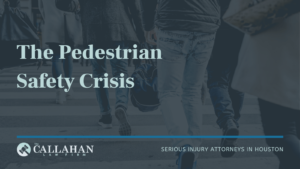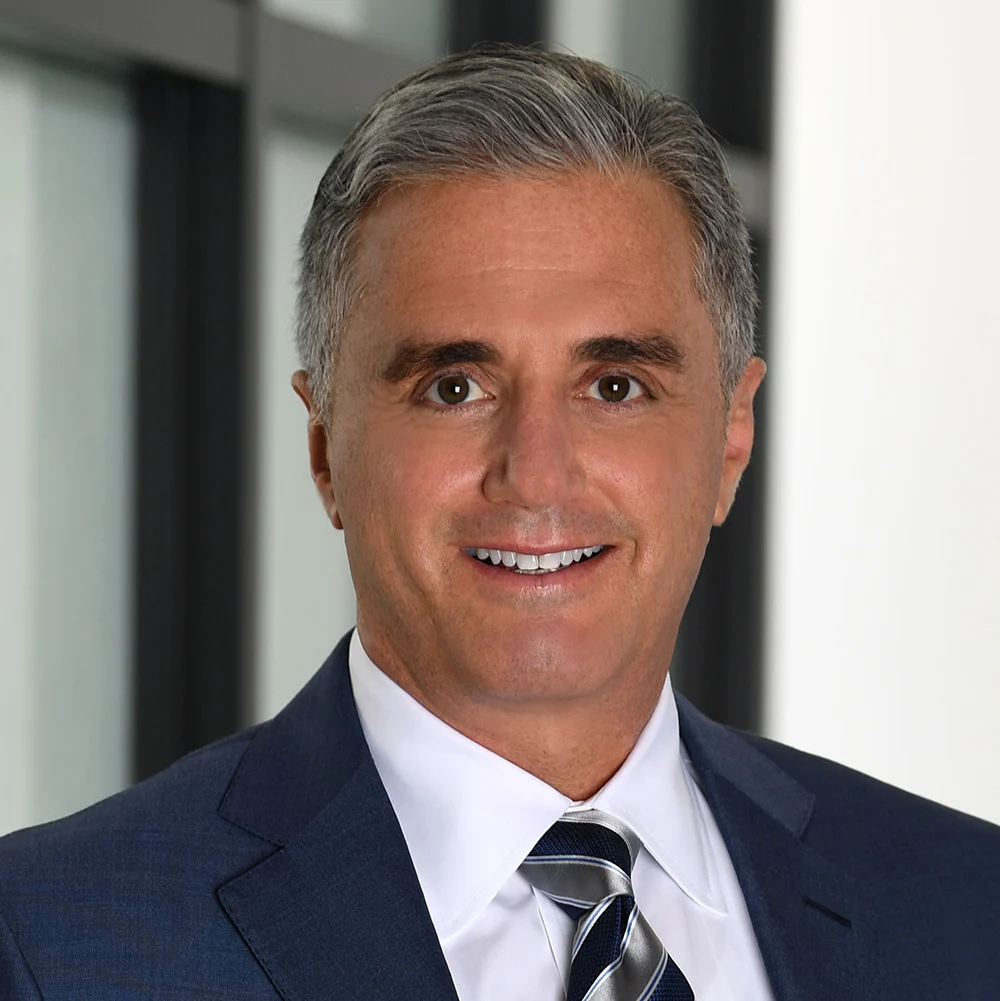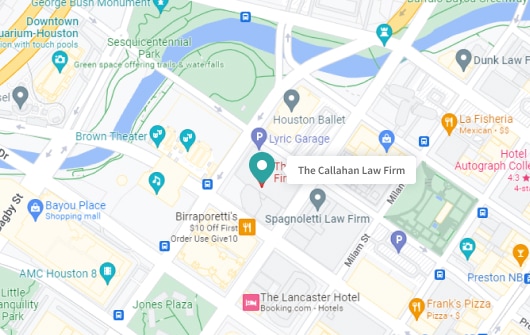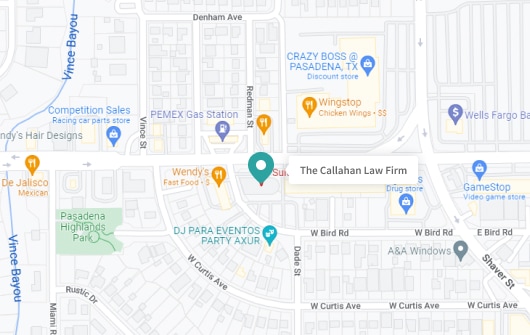The Pedestrian Accidents Safety Crisis

The National Safety Council projects that 38,800 people lost their lives nationwide in car accidents last year. Roughly 6,500 of them were pedestrians, an increase of 5% from the year before. This translates to two pedestrian fatalities per every 100,000 people, and is the highest pedestrian death toll the nation has seen in three decades.
Pedestrian fatalities were on the decline until about ten years ago; in 2010, however, they began to rise, and have increased steadily every year since then. The Insurance Institute for Highway Safety reported that despite the nation’s population growth, the rate of car accidents has remained fairly steady from year to year for the last thirty years, fluctuating at most a few thousand car accidents in either direction. Yet despite the consistency in the number of car accidents, the percentage of these accidents resulting in a pedestrian fatality has been on the rise. The number of cyclist deaths has also gone up, with an increase of 38% over the last ten years. So what could be causing the spike?
More SUVs, More Fatalities
In recent years, the SUV has overtaken the sedan as the most popular classification of vehicles sold in America. The New York Times reported that twice as many SUVs were sold as sedans in 2019, and those numbers are only expected to go up. The SUV revolution makes sense when considering the modern family dynamic—they are a sleeker option than the typical “mom car” minivan, and offer more safety features that help prevent or minimize the effects of car accidents for the passengers inside. But with the desire for a more modern ride comes an alarming trend: more pedestrian deaths than ever before.
Safety experts note that the increase of SUVs on the road correlates with the uptick in pedestrian deaths, for a number of reasons. For starters, an SUV’s front end is taller than that of a typical sedan, meaning that in a car accident, an SUV would strike higher on the pedestrian’s body. Because of this, SUVs are much more likely to hit someone’s head and torso, where their vital organs lie, whereas a sedan would generally hit a person’s legs.
That means that SUVs are 2-3 times more likely to fatally injure a pedestrian in a car accident than a smaller car; SUVs cause roughly 110 pedestrian deaths per every 1000 car accidents, whereas sedans are at about 45 per 1000. In addition, because SUVs are so much higher up than the typical sedan, SUV drivers have bigger blind-spots, which can make it harder to see walkers and cyclists— especially smaller children. Driving at night only exacerbates this issue, making it hard for drivers to see people walking on or crossing the road.
Unsafe Driving Habits
In addition, many of these fatalities are caused by unsafe driving habits. One of the main contributors to pedestrian death is intoxicated driving and walking. The CDC estimates that close to half of the pedestrian deaths caused by car accidents involved alcohol or substances for the driver and/or the pedestrian. The dangers of alcohol use skyrocket at night; impaired coordination and reduced response rate combined with dimly lit streets has proven to greatly increase the chance of a car accident.
Speeding is also a major factor in the rising pedestrian death toll. Research done by the European Commission shows that in car accidents involving a vehicle driving 20 miles per hour, the pedestrian has a 5% chance of being fatally injured. At 30 mph, the chance of death increases to 45%. At a speed of 40 mph, the likelihood of a pedestrian fatality jumps up to 85%.
In addition, many of these car accidents involve a distracted driver— or a distracted walker. There is little data to explain the correlation between distracted driving and pedestrian fatalities mainly due to insufficient reporting by police officers, as there is no official way to document cell phone distraction in their car accident police reports. That said, research done by tech companies estimate that drivers hold their cellphones in 88% of trips, averaging between 3 and 5 minutes of screen-time for every hour spent on the road. The dangers of distracted driving increase with speed— the faster a person is going, the more likely they are to miss a potential road hazard. Similarly, many pedestrians get distracted by their phones while walking, which can prove to be a fatal mistake.
The Effects of Race
In addition to the SUV boom and unsafe driving habits, racial factors are a major player in the pedestrian accidents crisis as well. Research has shown that Black, Hispanic, and Native American pedestrians face a greater risk of death on the roads than white people. Statistically, people of color are more likely to rely on walking as a main form of transportation, or utilize mass transit which can also involve additional walking.
They are also more likely to be walking in more dangerous environments, such as on or near streets with higher speed limits, more lanes, and fewer crosswalks, which greatly increases risk as well. Furthermore, drivers are less likely to stop for people of color. A study done in Portland in 2014 found that Black pedestrians were passed by twice as many cars than white people, and had to wait 32% longer to cross the road.
How Can We Prevent Pedestrian Fatalities?
It’s important that citizens and businesses alike do all they can to prevent car accidents. Drivers need to be alert and distraction-free while behind the wheel, especially when driving in dim-lit areas at night. Pedestrians should do their best to ensure they are visible to drivers—wearing bright or reflective clothing, and using crosswalks if available to prevent accidents. Both drivers and walkers should not be under the influence of alcohol when on the road.
In addition, local representatives should push to try to make their cities more pedestrian-friendly. Modifying the layouts of urban areas to include more crosswalks, medians, and pedestrian bridges are all ways to make the city a safer, more walkable place.
Finally, vehicle manufacturers should continue to develop and implement new safety technologies such as automated braking in their new vehicles. These changes can take times to reflect in the data, as the average car on the road is twelve years old. Because of this, it is imperative that vehicle manufacturers do their part to mitigate these risks now. Today’s changes can make tomorrow’s future safer from accidents for drivers and pedestrians alike.
If you or a loved one has been injured in a car accident, contact our Car Accident Lawyers today to discuss your rights. Call 713-224-9000 for a free case consultation.
Contact The Callahan Law Firm For A Free Consultation

Michael S Callahan is an attorney and founder of The Callahan Law Firm. He focuses his practice on representing individuals and families in personal injury cases involving motor vehicle and truck accidents, workplace accidents and defective products. With over 25 years of experience, he is dedicated to fighting on behalf of people whose lives have been forever altered by the negligence and carelessness of corporations and individuals. Originally trained as a mechanical engineer, Michael has been practicing law and fighting for justice for those who need it most since 1994. He is board-certified in Personal Injury Trial Law by the Texas Board of Legal Specialization and a member of various esteemed legal associations. Outside of work, Michael enjoys spending quality time with his family, outdoor activities, and continually striving to improve as a trial lawyer and human being.











